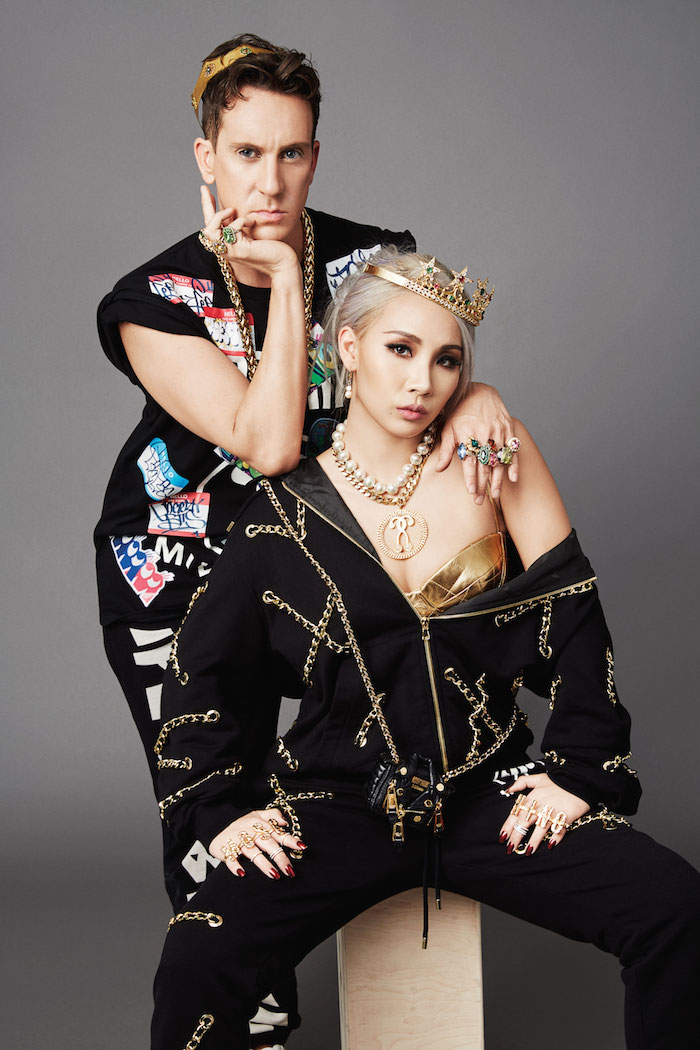The globalization of K-pop has been driven by the use of YouTube. Korean entertainment companies have learned to use different platforms to divulge Korean culture into the online world. This practice has been largely successful, leading to the presence of K-pop in mainstream media. Korean musical artist, PSY, who shot to stardom with “Gangnam Style,” spearheaded the movement, placing Korea’s music industry on to the world stage. Popular YouTube channels such as eatyourkimchi, dedicate content to not only K-pop, but also Korean food and culture. Interestingly, the two founders of eatyourkimchi, Simon and Martina, are from Canada, but have resided in South Korea to teach English. The channel’s popularity has resulted in interviews by The Wall Street Journal, Aljazeera, and The National Post. Their videos have been watched a total of 320,870,856 times from all over the world.
Interest in K-pop has also led to the popularity of Korean dramas. Streaming sites, such as Viki, have led to online communities that translate Korean dramas by subtitling the dramas into English. As well, Soompi, an online forum mainly discussing Korean idols, media, and just about anything and everything, has also flourished into a vibrant online community. K-pop is becoming a phenomenon that is creating an online social culture.
